[ad_1]
Cauliflower might very nicely be cherished in so some strategies: dipped in ranch dressing, sauteed, in a stir fry as a rice substitute, and even to make pizza crusts. With so many selections for this versatile plant, you’ll should develop your explicit individual merely to strive all of them! You possibly can assume you don’t have room for them since they may develop so giant, nonetheless many companion vegetation don’t concepts being subsequent to the cauliflower.
You’ll want to resolve on vegetation that like numerous water and don’t want the equal dietary nutritional vitamins as cauliflower. Since these brassicas are heavy feeders, they need to be fertilized recurrently all by the use of the season. There are quite a few methods to include completely completely different vegetation into your cauliflower patch that will income or tolerate cauliflower shut by.
I’m going to present you 15 companion vegetation you most likely can develop with cauliflower so you must use all of your yard house. There’s no should let rogue cauliflower leaves take over!
What Is Companion Planting?
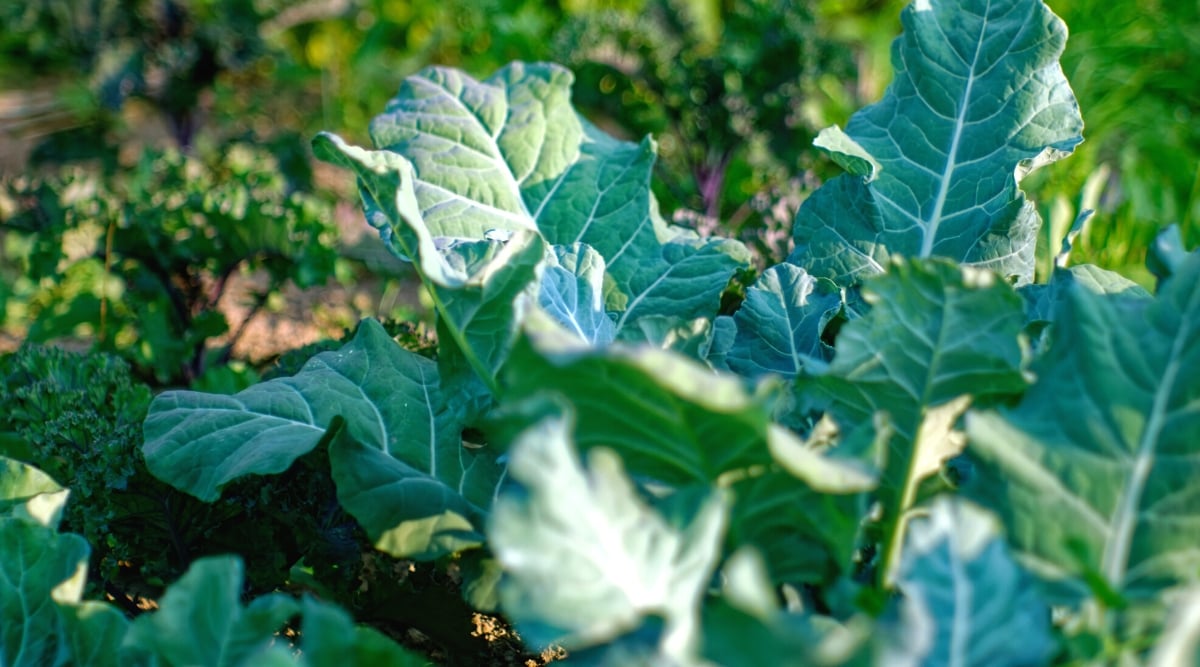

Vegetation work elevated collectively, and anybody who makes use of companion planting of their yard is acutely aware of it. Utterly completely completely different plant varieties throughout the equal house can income one another in methods that will assist scale back pests, improve enchancment, and often even improve the flavour. Most significantly, companion planting improves biodiversity by bringing in further pollinators and helpful bugs.
Companion planting lets you lengthen your rising seasons earlier what you’d usually do with out it. A yard mattress devoted to lettuce will bolt in late spring or early summer season season, nonetheless when giant vegetation like tomatoes or sunflowers defend these heads of lettuce, they may remaining a bit bit longer on account of they aren’t struggling beneath the summer season season picture voltaic.
This gardening methodology can income farmers with various acres of land, a small container yard on a balcony, and each yard measurement in between.
Cauliflower as Companion Vegetation
I used to think about you couldn’t plant one factor with cauliflower as a consequence of how large the leaves can develop. Nonetheless these vegetation can nonetheless be good neighbors even as soon as they occupy numerous house. Let’s take a look at what you most likely can rely upon with these cole crops spherical.
A lot of the cauliflower plant is above floor, which suggests it doesn’t take up heaps house beneath the bottom. You possibly can revenue from that house by planting crops that want an excessive amount of soil, like potatoes or beets. The cauliflower leaves may help defend roots and tubers as they develop.
Cauliflower doesn’t want numerous the equal dietary nutritional vitamins as its companions, so it obtained’t ought to compete for them as heaps. Nonetheless, they want numerous nitrogen, so that you just’ll nonetheless should fertilize all of them by the use of the rising season.
I affiliate cauliflower (and the remainder of the Brassica bunch) with pests. They’re vulnerable to cabbage loopers, cabbage worms, cabbage root maggots, armyworms, aphids, cucumber beetles, snails, slugs, flea beetles, and thrips. Just about each plant is vulnerable to no less than one issue, nonetheless it appears to be like cauliflower attracts pests that eat up numerous its companions, so that you just’ll should maintain an eye fixed mounted mounted out for pest invasions.
Cauliflower wants 1-2 inches of water every week, which can restrict what you most likely can plant shut by. Inside the event you select a companion that furthermore likes water, it is very important present reasonably extra water for the thirsty vegetation in that small home. Conserving companion vegetation in containers shut by is an surroundings pleasant option to make sense of your watering schedule.
Companion Vegetation for Cauliflower
Let’s take a look at some vegetation that will work correctly with cauliflower. Some vegetation present advantages, whereas others are literally useful on account of they don’t set off any factors.
Beans
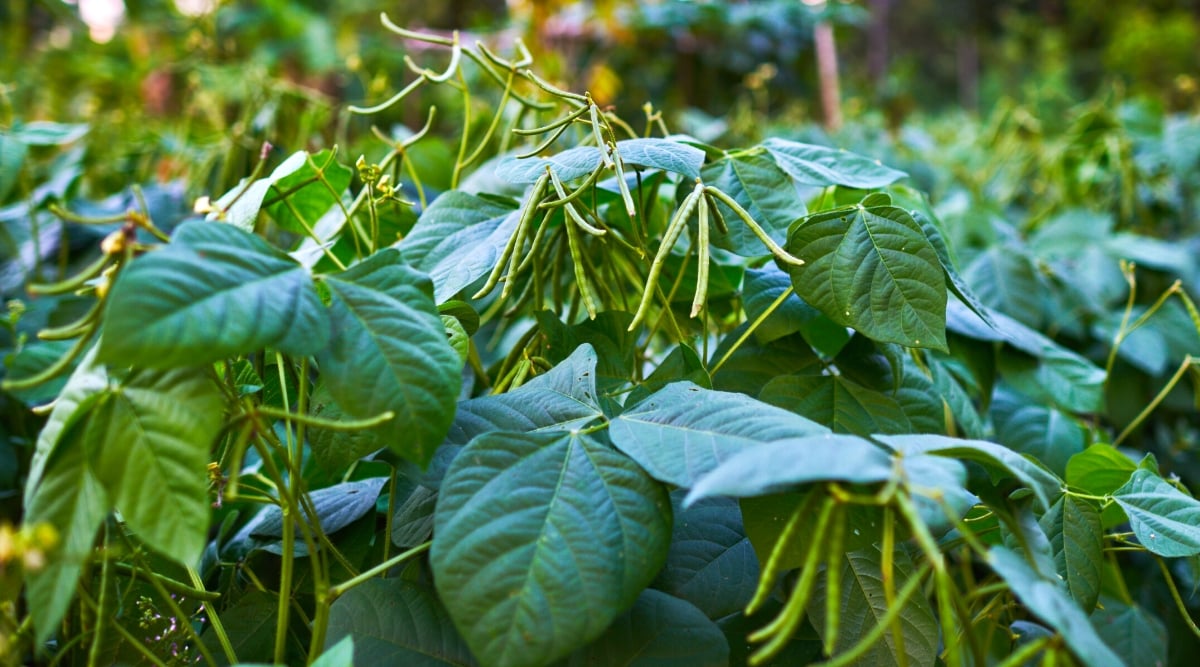

Since cauliflower wants an excessive amount of nitrogen to develop its leaves and head, you’ll need to protect an excessive amount of beans shut by. Beans take in nitrogen from the air, then affix it in nodules on their roots. Whereas this nitrogen obtained’t become available on the market till the bean roots decompose after the season, you’re principally enhancing your subsequent season’s crop upfront – and any fertilizer you add will go straight to the cauliflower!
Each bush and pole beans are doable, nonetheless you’ll want to regulate pole beans with trellises to stop them from overtaking cauliflower with their vines. You will have to furthermore guarantee they don’t steady an excessive amount of shade over the cauliflower. Alternating rows of every plant will work, as will rising cauliflower in entrance of a row of beans on the aspect that receives probably basically probably the most daylight.
Keep in mind that beans are heat native climate lovers, so this pairing is greatest all via these joints between the seasons; late summer season season into early fall if you plant the autumn cauliflower crop or contained in the spring prior to you harvest your closing cauliflower heads.
Beets
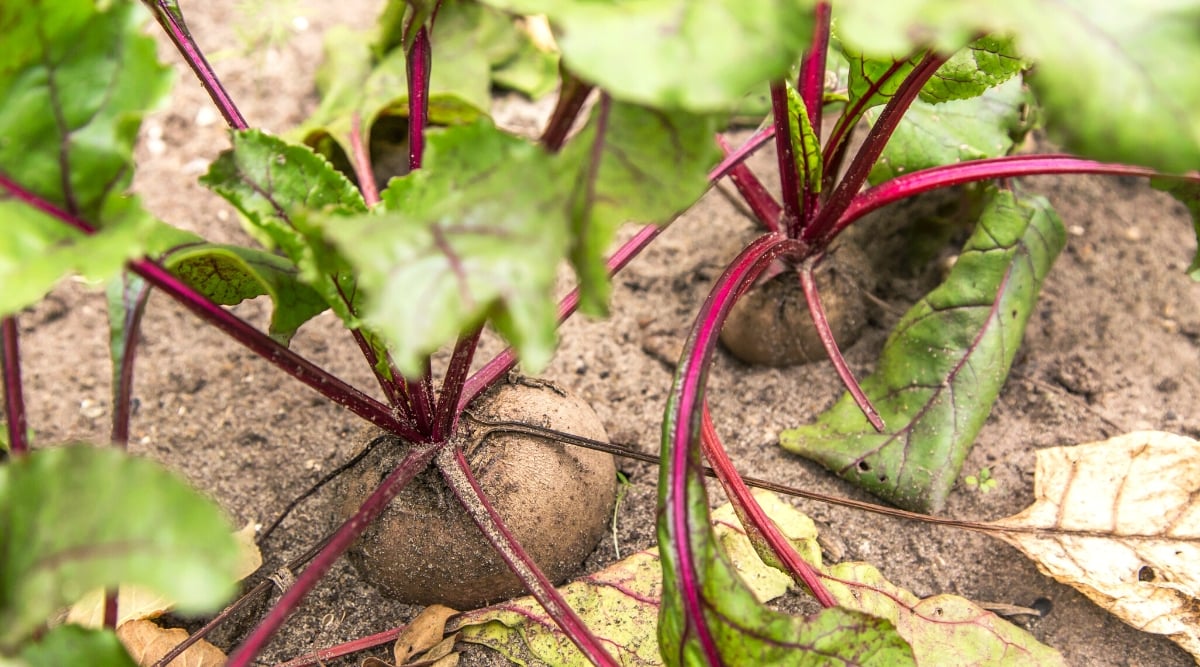

Cauliflower roots are shallow, nonetheless regardless of that, beetroot often pairs correctly with them. You possibly can plant them fairly shut to no less than one one different so long as the cauliflower obtained’t get shaded out by beet greens or vice versa. Keep in mind that cauliflower can have fairly large greens itself, and as well as you’ll need to protect the beets out from beneath them.
Although a beet’s root is often the extra regular crop, its greens are merely as essential. They’re full of magnesium and should assist your cauliflower develop correctly. Let ineffective leaves fall to the underside, and should you’re not a fan of consuming the greens, go away them behind to behave as a mulch and enrich the soil.
Celery
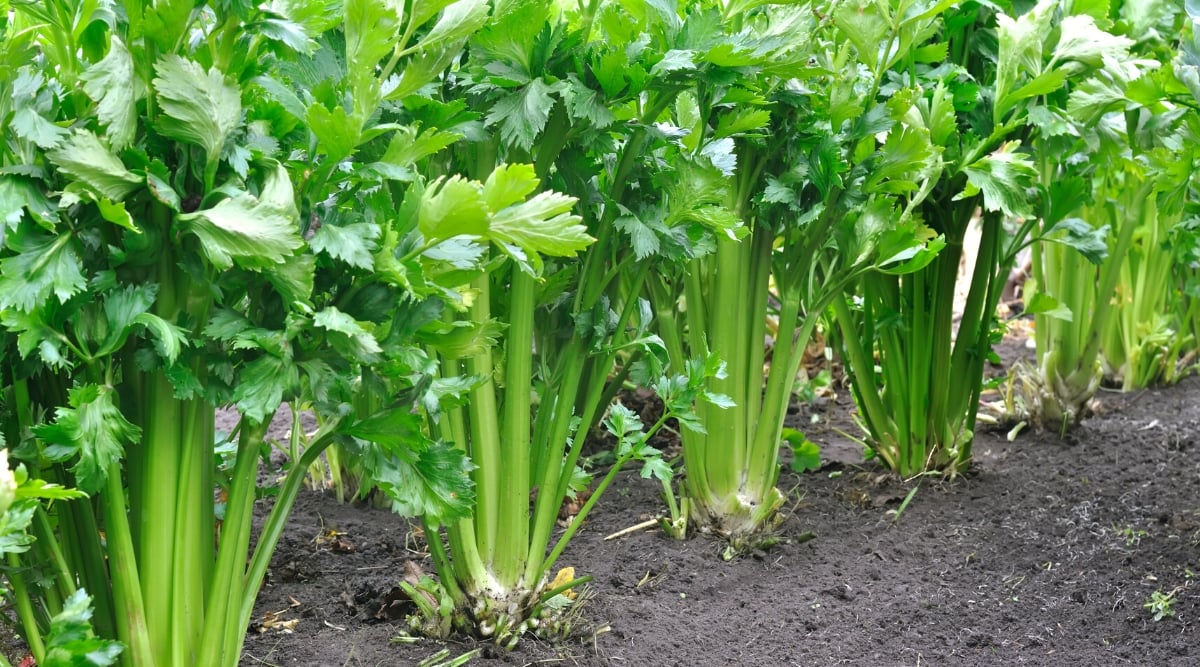

Celery is an surroundings pleasant companion for cauliflower on account of they each want numerous water to be completely glad. They need to purchase 1-2 inches per week and shouldn’t be allowed to dry out, though you furthermore don’t need water to puddle spherical every plant sort.
An infinite income celery affords is sustaining away cabbage moths. These moths will gobble up your crops shortly, so contemplate rising just a few celery vegetation to maintain them at bay.
Cucumber
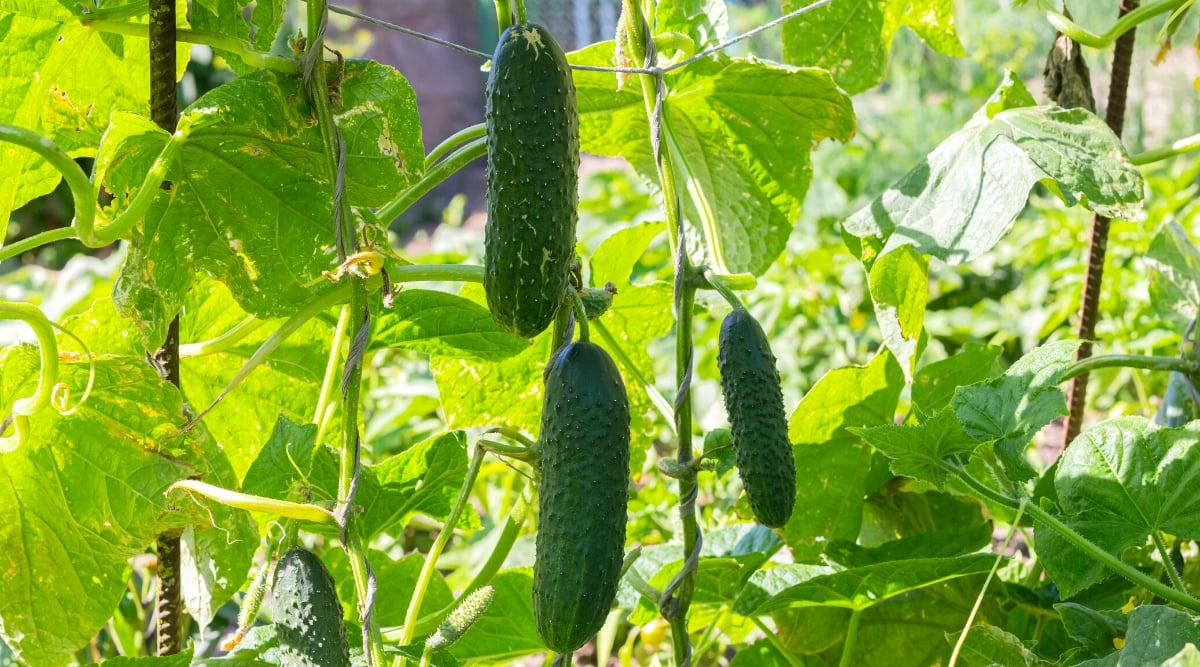

Cucumbers make good companions for cauliflower so long as you guarantee each vegetation have every issue they want. They’re each terribly thirsty vegetation that will want 1-2 inches of water every week and probably additional should you reside in a dry home. You’ll furthermore should fertilize them recurrently since they’re each heavy feeders.
Rising cucumbers may help you lengthen your cauliflower harvest into early summer season season since they’ll present an excessive amount of shade as rapidly as they climb trellises. Cauliflower will bolt as rapidly as a result of the native climate warms up until you give them shade.
Corn
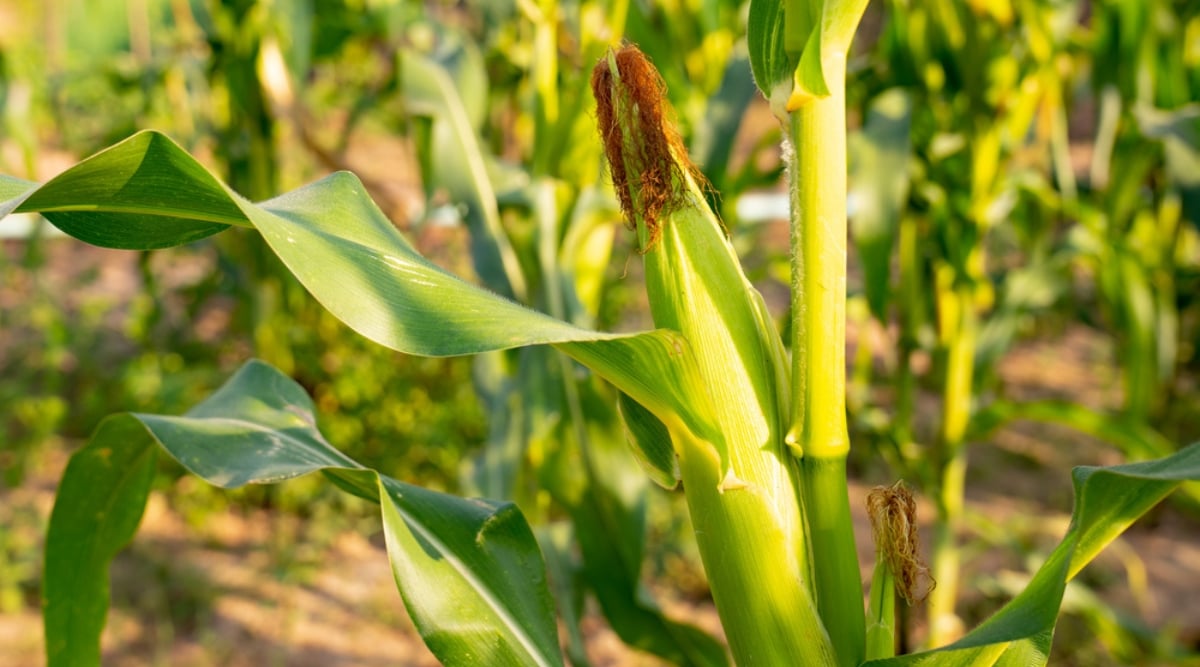

Corn is one completely different companion that will enable you get additional out of your brassica crop. It’s not going to be tall ample to assist your cauliflower survive the early summer season season warmth, nonetheless when planting seeds in July for a fall harvest, the corn stalks will present an excessive amount of shade.
Relying on if you planted corn, it needs to be able to reap on the top of summer season season when the cauliflower is at an early stage. You possibly can go away the stalks inside the bottom or use a shade materials if the temperatures are nonetheless too scorching for cauliflower to be completely glad.
Dill
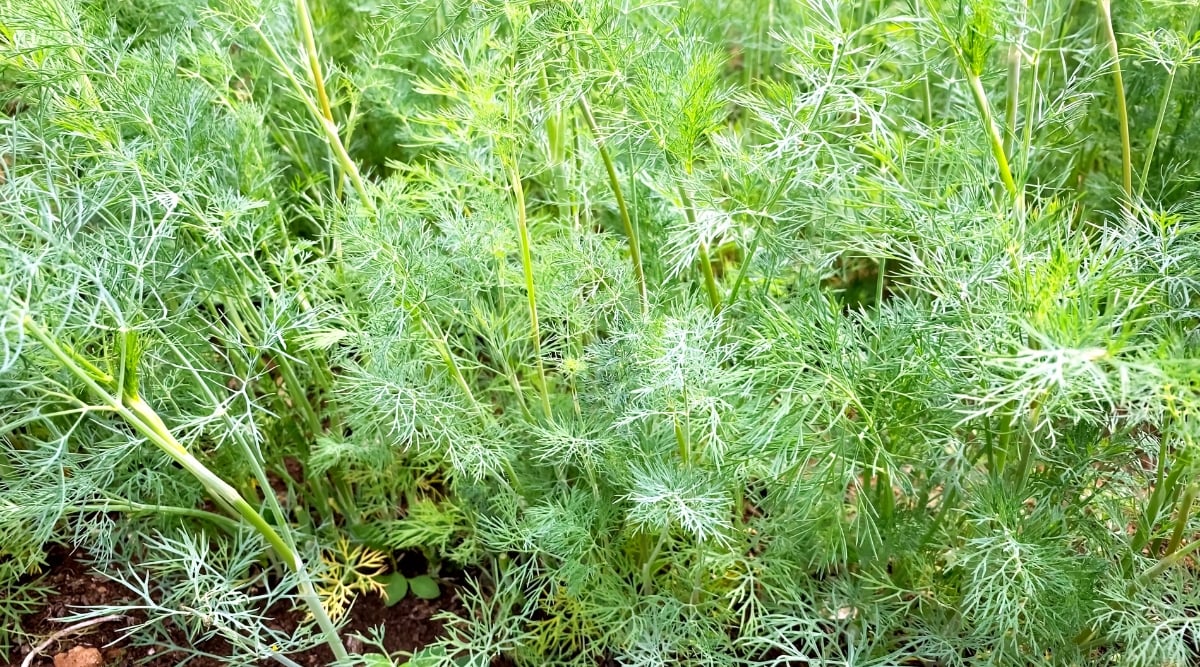

Dill attracts a wide range of pollinators and helpful bugs that will income your total yard. Quite a few the critters it brings in eat aphids, which generally is a detriment to your cauliflower. Dill and cauliflower each have shallow root methods, so you might need to protect dill in a container shut by so that they don’t compete for water.
A big draw of getting dill close to a brassica patch is that it repels cabbage moths. You’ll have them spherical anytime you’re rising brassicas, so planting just a few dill vegetation will current help to decrease the inhabitants.
Onions
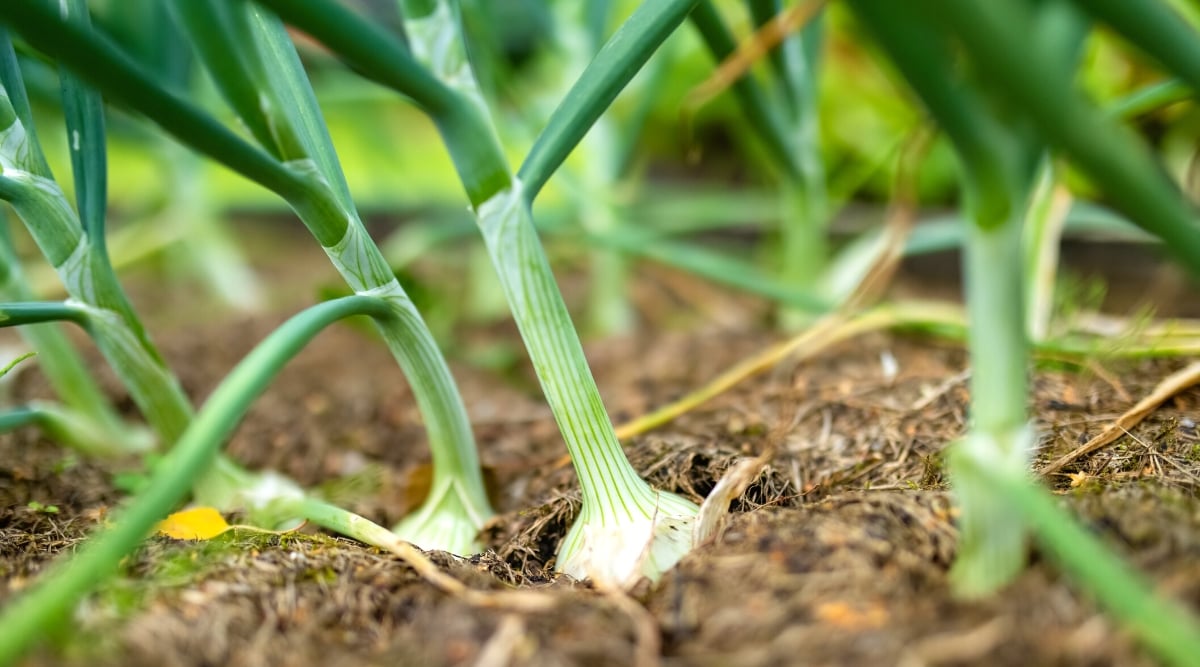

Onions and cauliflower get alongside correctly since their root methods and foliage don’t intervene with one another. You possibly can plant them fairly snugly collectively whilst you’ve obtained a small house. Like beets, although, it’s greatest to not put the onions immediately beneath the cauliflower foliage!
You’ll need onions shut by on account of they repel essential brassica pests, together with cabbage loopers, rabbits, and aphids. All three of those critters harm your crops in a single different technique nonetheless will protect their distance since they don’t just like the onion odor.
Nasturtium
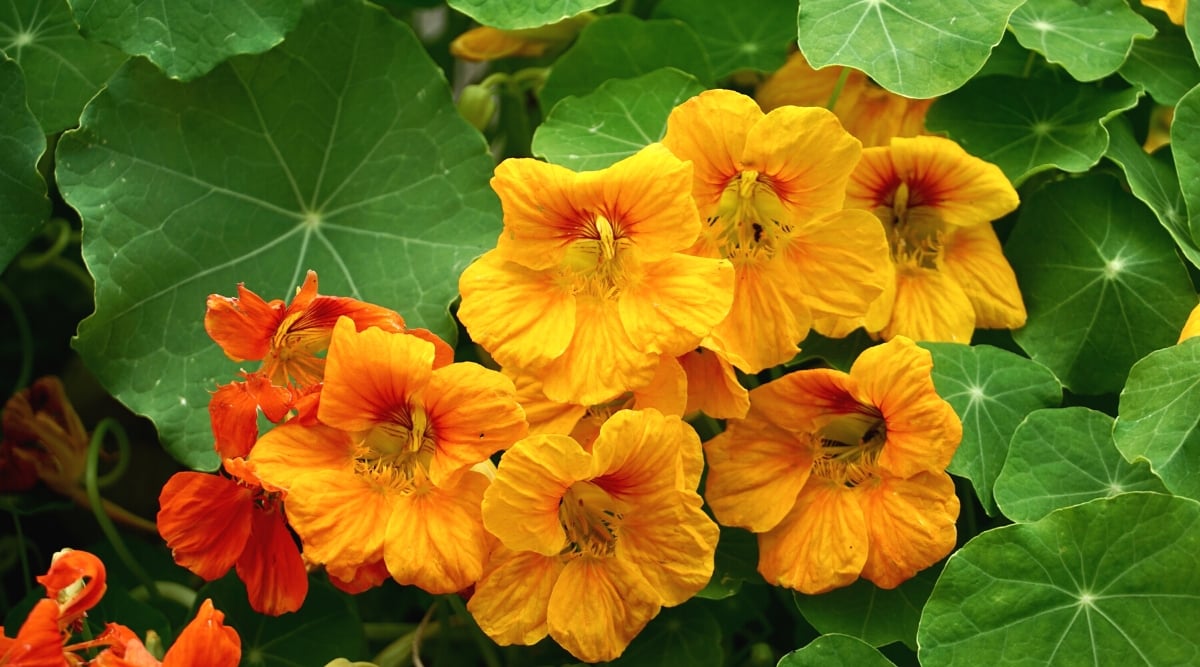

Whilst you’ve obtained numerous whiteflies and aphids bugging your brassicas, use nasturtium as a lure crop shut by. Enable these pests to feast on the plant when you are taking away them out of your foremost crop. When it’s time to eradicate the plant, you’ll eradicate many pests.
Nasturtium grows attractive flowers that attraction to many useful bugs that will go after brassica pests. They convey in numerous ladybugs that go after aphids together with hoverflies, parasitic wasps, and lacewings that go after cabbage worms and whiteflies.
Nasturtium doesn’t want as heaps water as most vegetable crops, so that you simply most likely can plant it on the sting of your annual beds or protect it in containers.
Potatoes
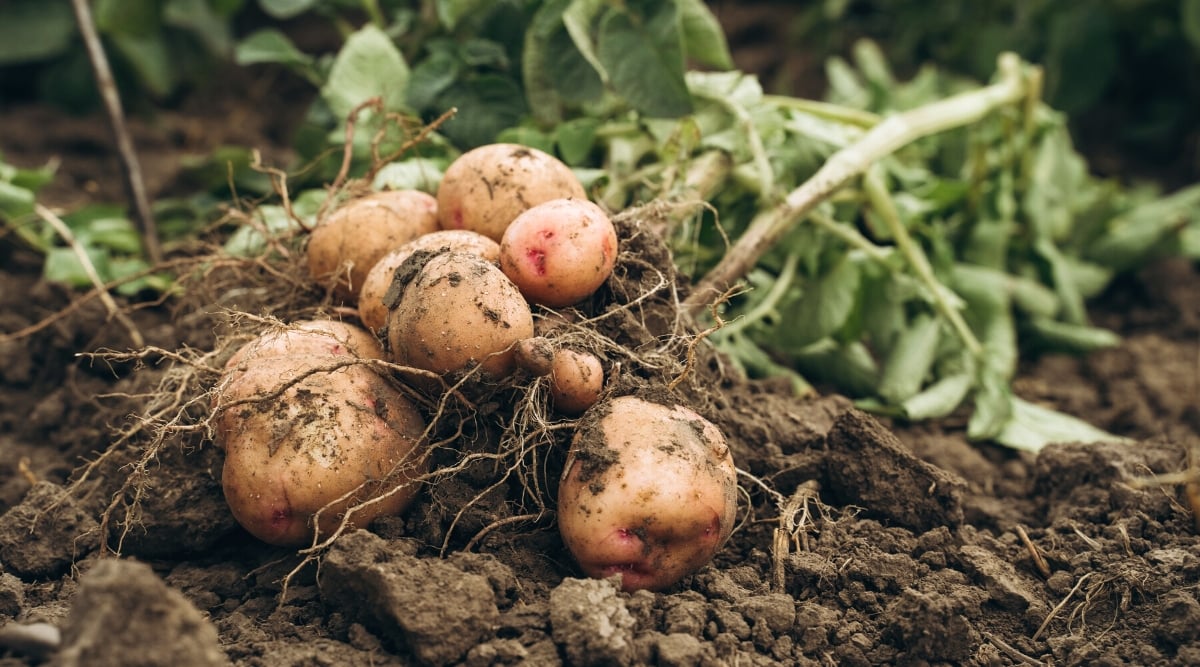

Potato vegetation develop their tubers fairly deep inside the bottom, so that they obtained’t compete with shallow cauliflower roots. The foliage has a brief bushy enchancment conduct that shouldn’t get in the way in which wherein via which of your cabbage until you plant them too shut.
Potatoes and cauliflower have utterly completely completely different necessities and obtained’t compete for a similar dietary nutritional vitamins. They want the equal quantity of water every week, making them simple to maintain contained in the yard.
Rosemary
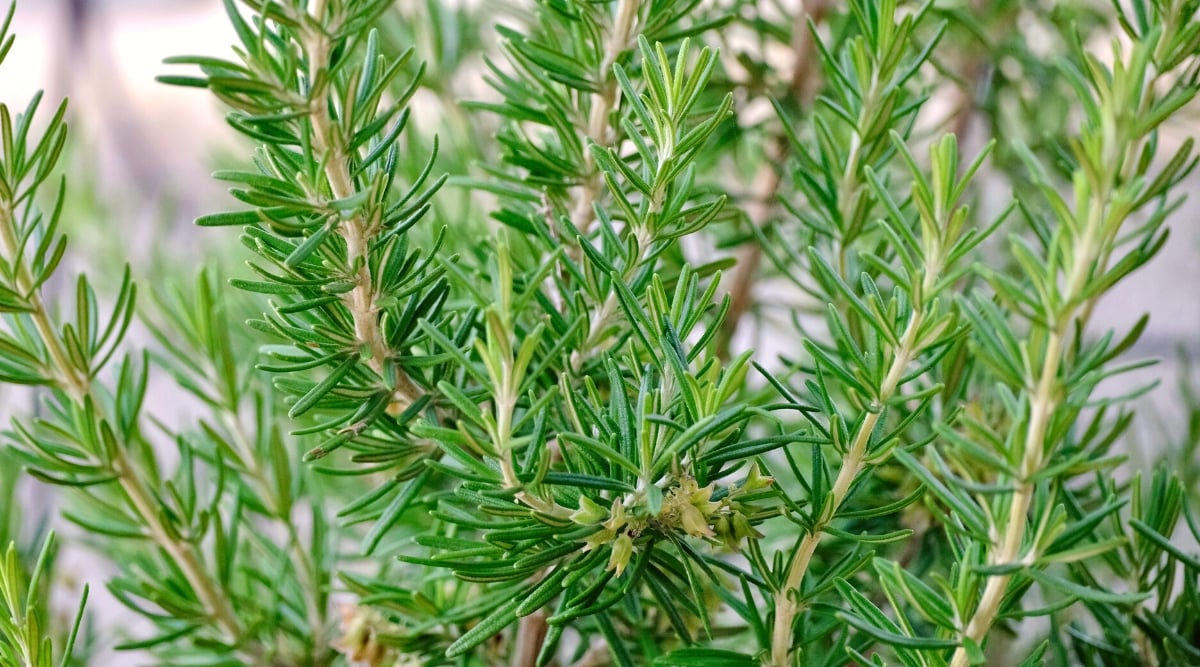

You’ll need to protect various rosemary vegetation spherical as a consequence of every issue it will deter! Cabbage moths, snails, slugs, and a variety of different completely different fly varieties hate the scent and should maintain far-off.
Rosemary is drought-tolerant and should develop greatest in a container. It prefers dry soil and solely needs to be watered about as rapidly as every week, if even that. This low-maintenance schedule can also be troublesome to maintain up with if it’s inside the bottom subsequent to your cauliflower. Alternatively, contemplate planting some rosemary on the very finish of cauliflower rows, nonetheless don’t run the drip irrigation as rather a lot as a result of it; so long as it has a bit bit little little little bit of water every now and then, it’ll carry out correctly.
Sage
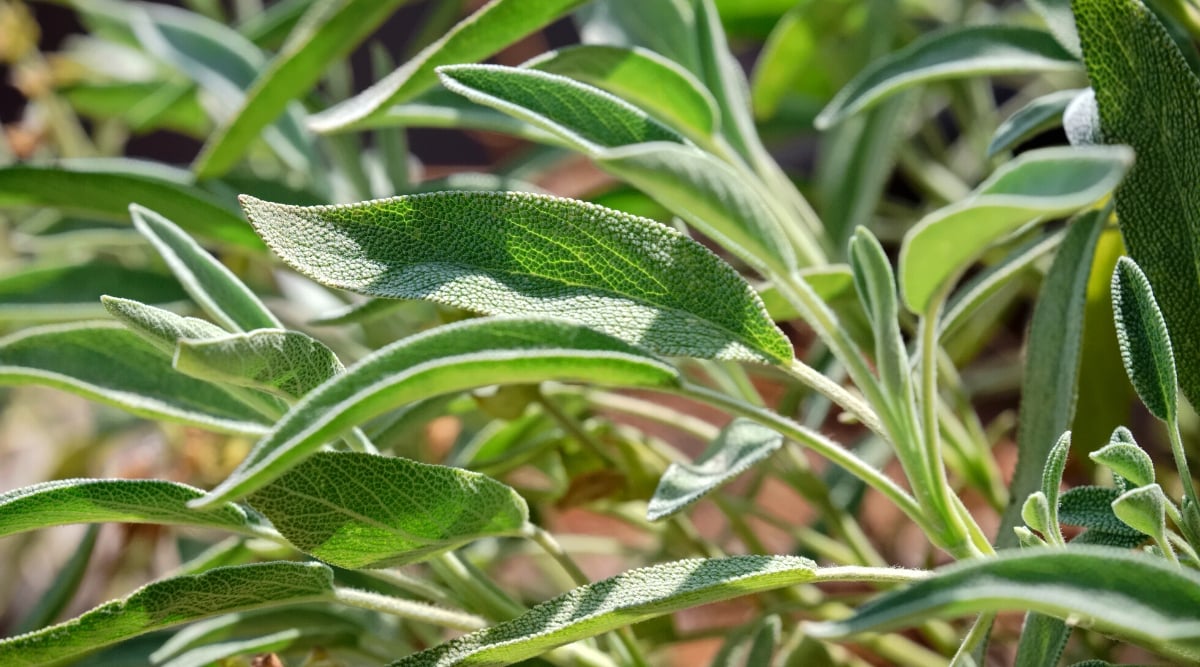

Sage is one completely different herb that will go to battle in your cauliflower. It repels essential pests like flea beetles, cabbage maggots, cabbage worms, cabbage moths, and cabbage loopers. When sage goes to flower, it will attraction to all kinds of pollinators.
Sage and rosemary make good companions for one another, so that you simply most likely can plant them each with cauliflower to assist protect pests away. Sage furthermore prefers dry circumstances, so sustaining them close to nonetheless separate out of your brassicas is good. Whereas it will tolerate additional water than rosemary will, it does need a drier soil base than your cauliflower.
Spinach
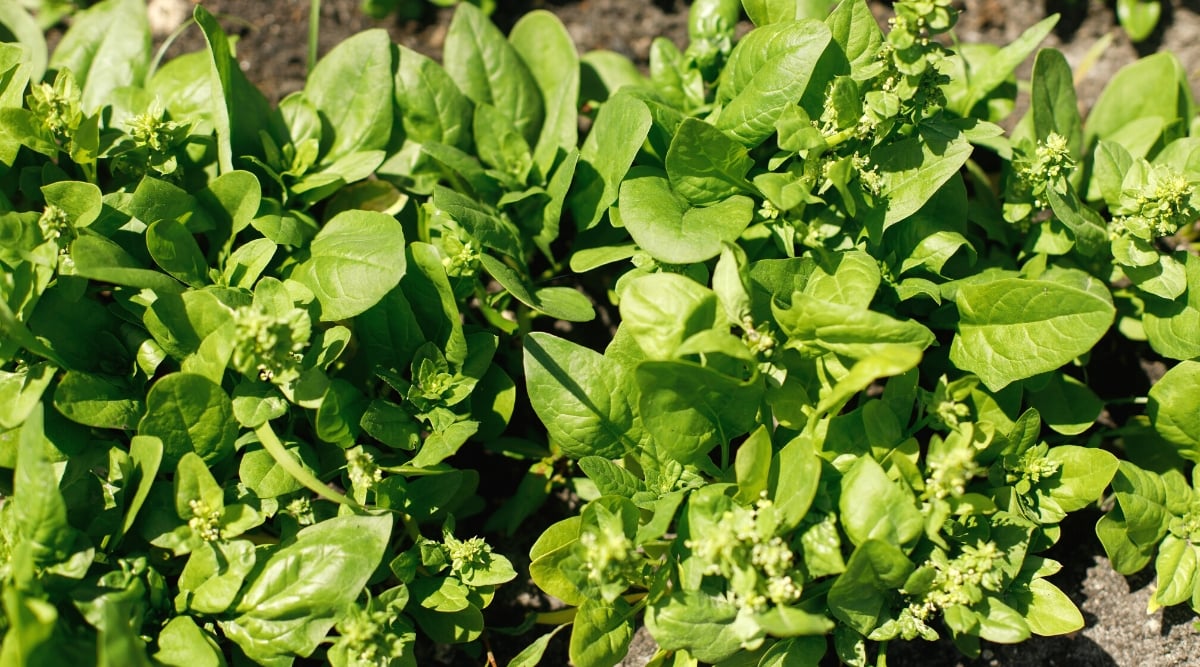

Spinach is an easy-to-grow spring crop that will develop correctly with cauliflower. This fast-growing plant will act as a residing mulch and assist suppress weeds whereas your cauliflower seedlings develop.
They each have shallow root methods nonetheless shouldn’t compete an excessive amount of if there’s ample house between the vegetation. They each like water and daylight and should bolt as rapidly as a result of the temperatures get too heat, so caring for them concurrently could possibly be a breeze.
Sunflowers
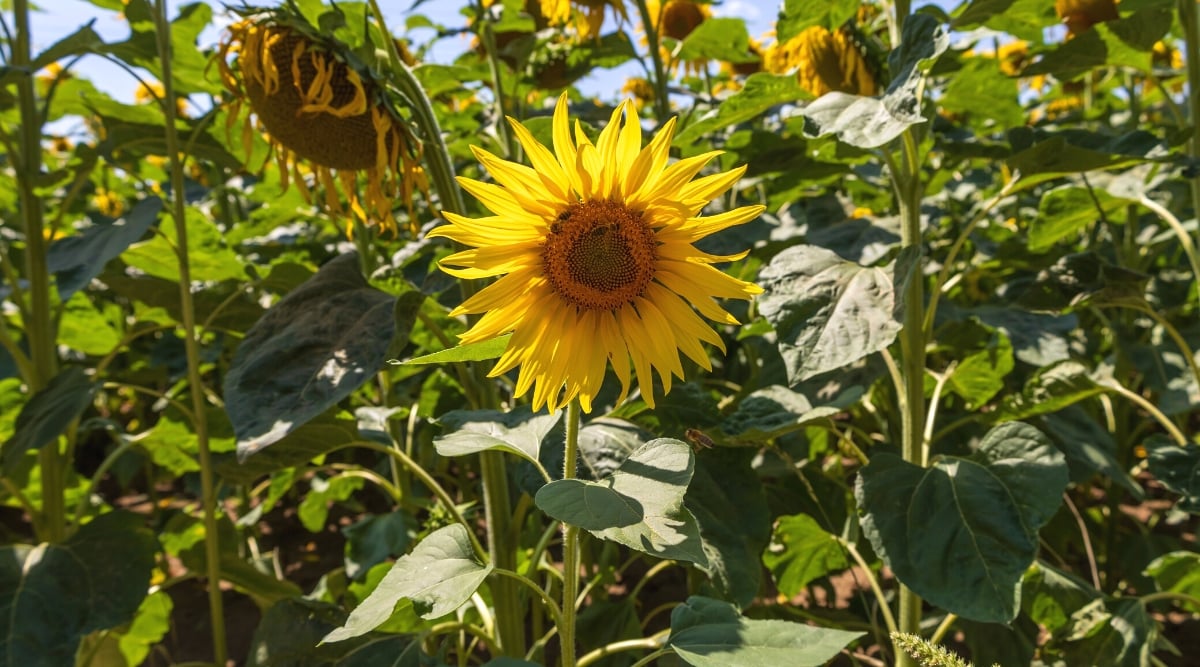

Inside the event you want additional pollinators in your yard, sunflowers are the way in which wherein via which to go. They attraction to bees, butterflies, and completely completely different helpful bugs you’ll need to have spherical.
So far as brassica crops go, sunflowers present a bit bit shade for cauliflower that’s getting shut to reap time contained in the spring, plus they may current shade late contained in the season if you’re beginning your new vegetation.
Swiss Chard
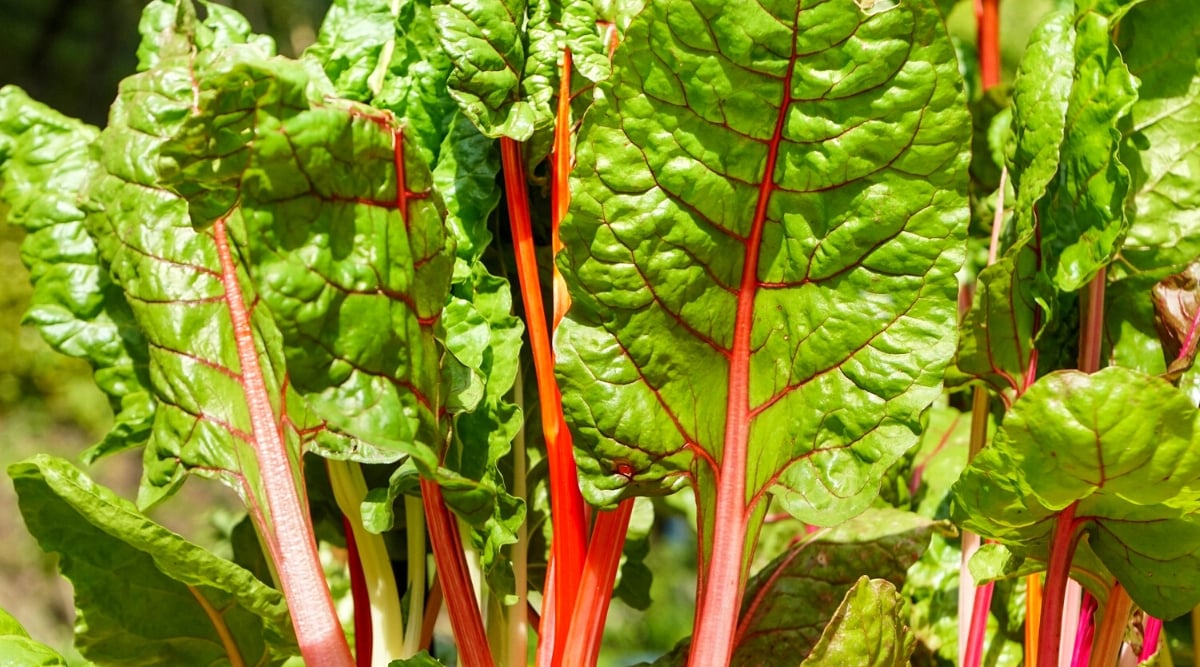

Swiss chard is a sort of companion vegetation I discussed that doesn’t principally income cauliflower nonetheless doesn’t set off factors. Chard and cauliflower are content material materials supplies to exist with one another with out giving or taking. It seems like a simple friendship!
Each vegetation have shallow root methods, nonetheless when appropriately spaced, they obtained’t get tangled and battle for water. They don’t want the equal dietary nutritional vitamins, so that they’re not competing for that, every. Pair these two peaceable residents with some herbs that usher in helpful bugs (notably ones like dill that can entice predators for widespread brassica pests), and as well as you’re good to go.
Thyme
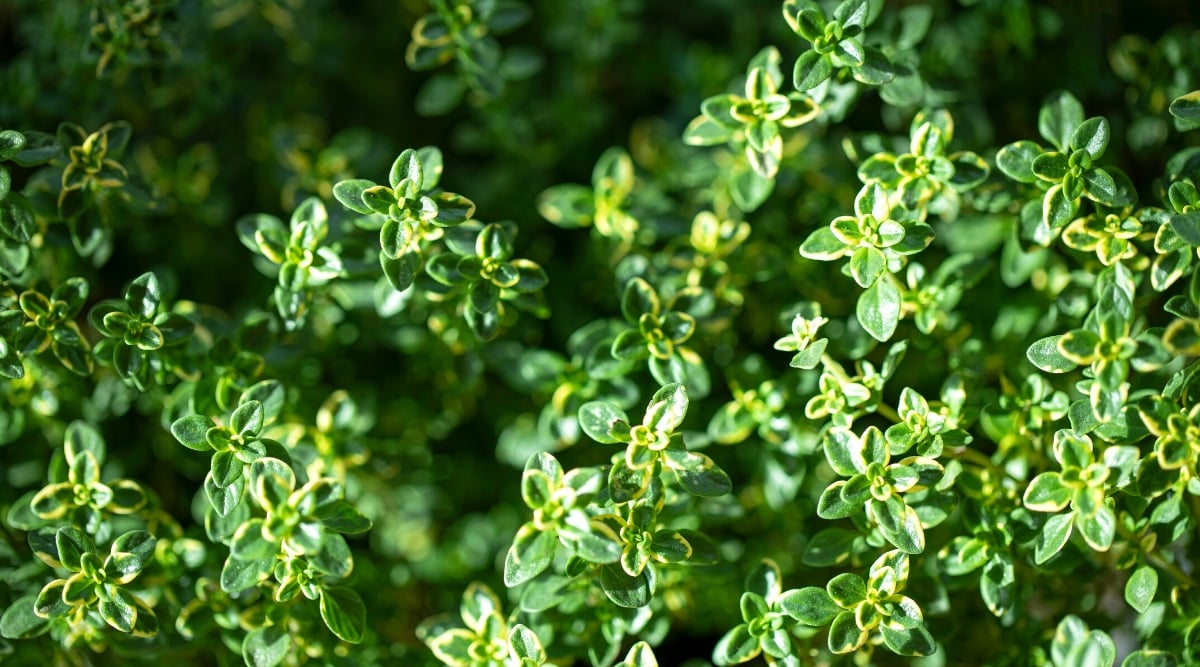

This fragrant herb can masks the scent of cauliflower and protect bugs away. Most pest bugs don’t just like the odor of thyme, to start with, so that they’ll keep away from the beginning. Thyme is sweet to maintain spherical on account of it will repel earworms, maggots, hornworms, mosquitoes, and whiteflies.
Thyme will even attraction to pollinators and helpful bugs when it flowers, and a great deal of of them will eat pests like aphids. This herb may behave as a floor cowl should you enable it to unfold out so it may most likely assist suppress weeds.
Thyme is one completely different herb that prefers dry circumstances, in order that’s one completely different one to place in a container or on the sides of your brassica mattress, the place the soil will dry out sooner.
Last Ideas
Cabbage moths and completely completely different pests can ravage cauliflower, nonetheless thankfully, many useful companion vegetation assist protect them away. With a bit bit planning, you most likely can embody your cauliflower with useful vegetation that will make them simpler to maintain.
[ad_2]
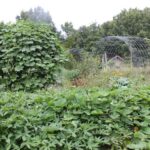
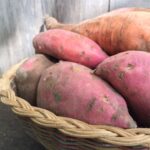
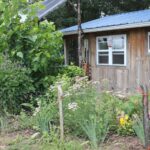
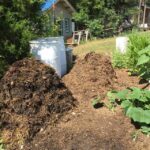
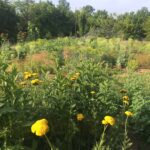

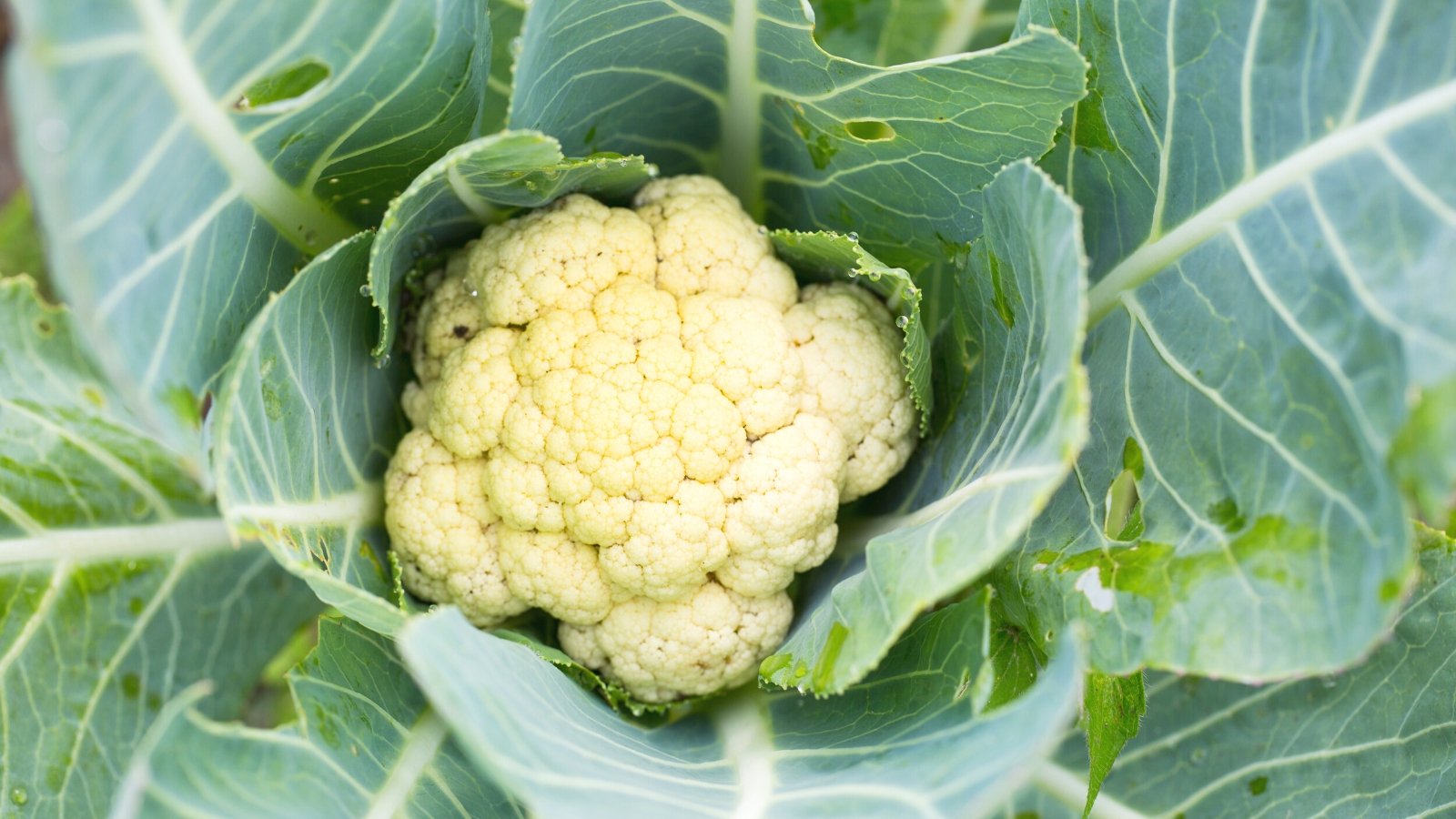
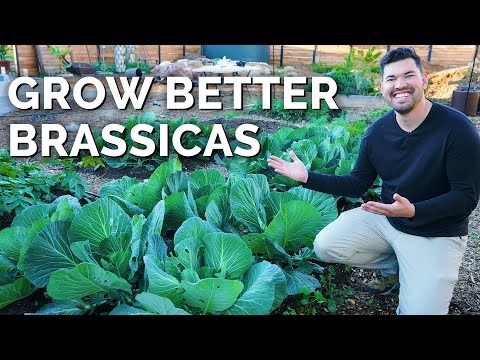
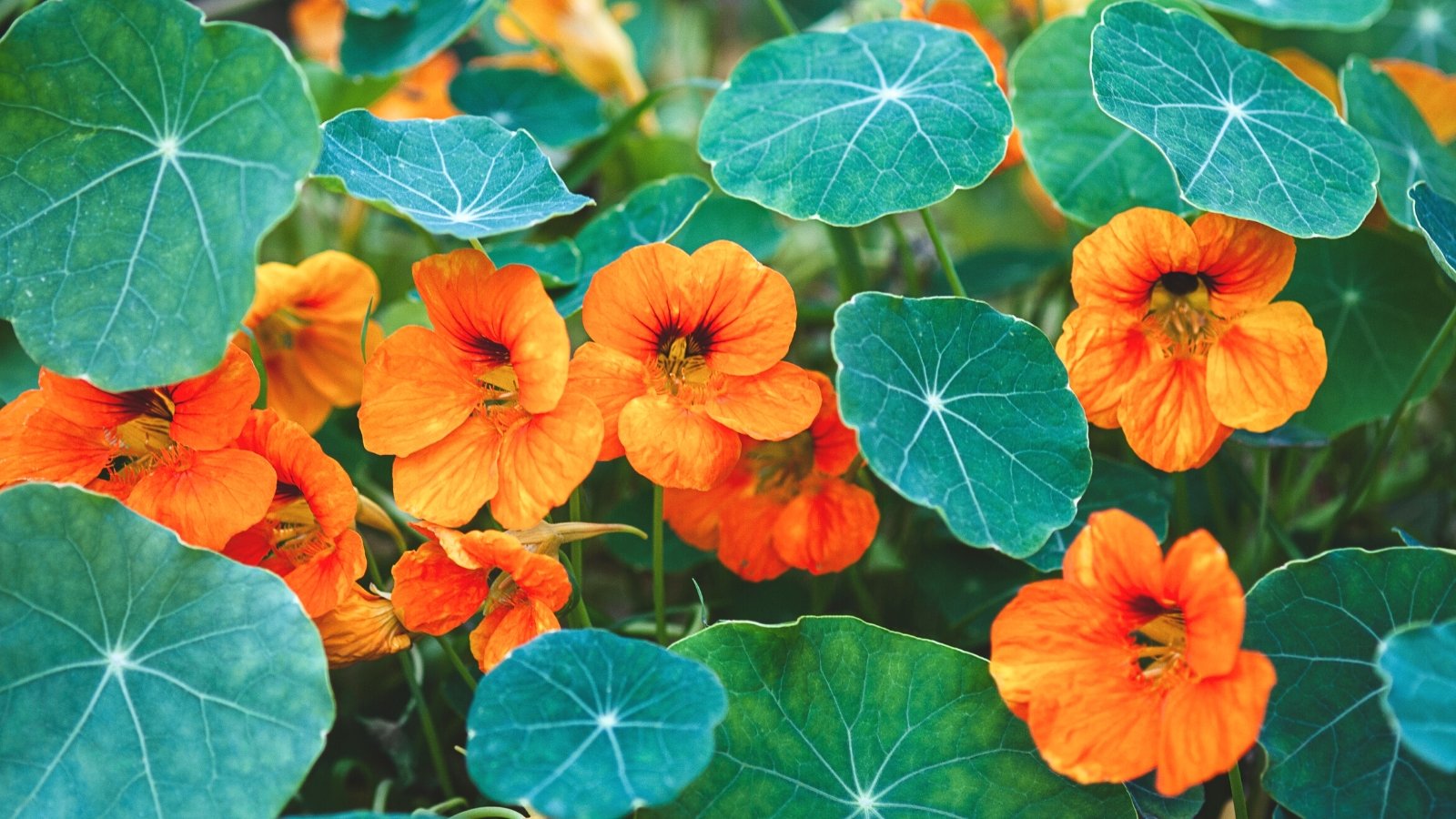
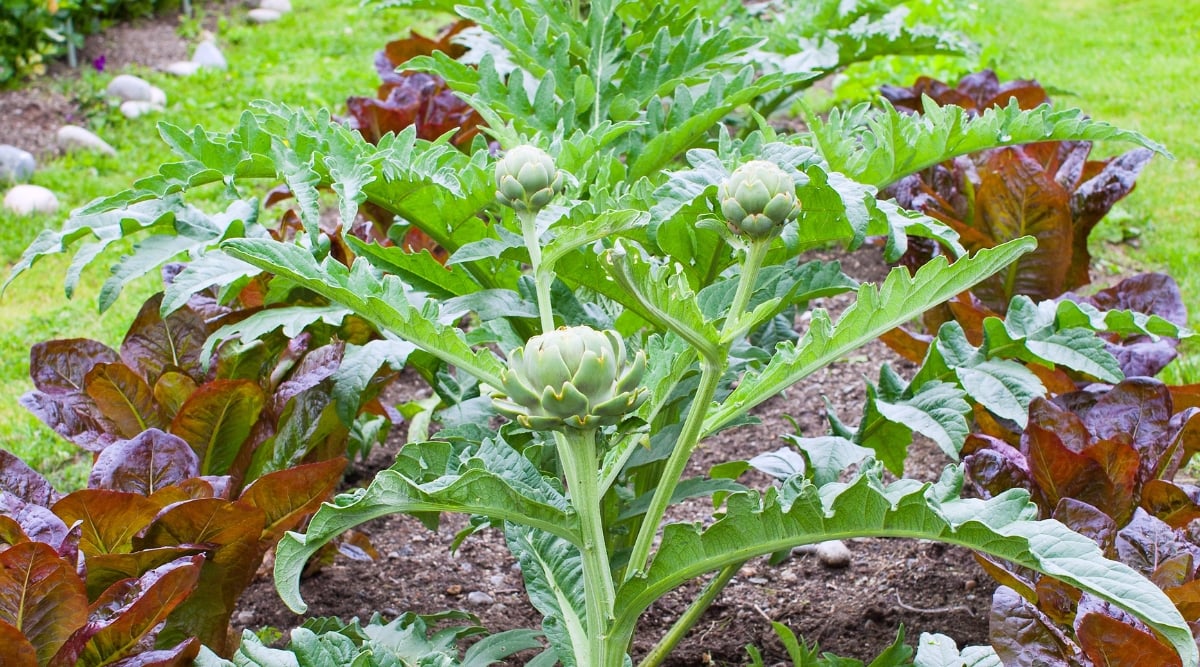
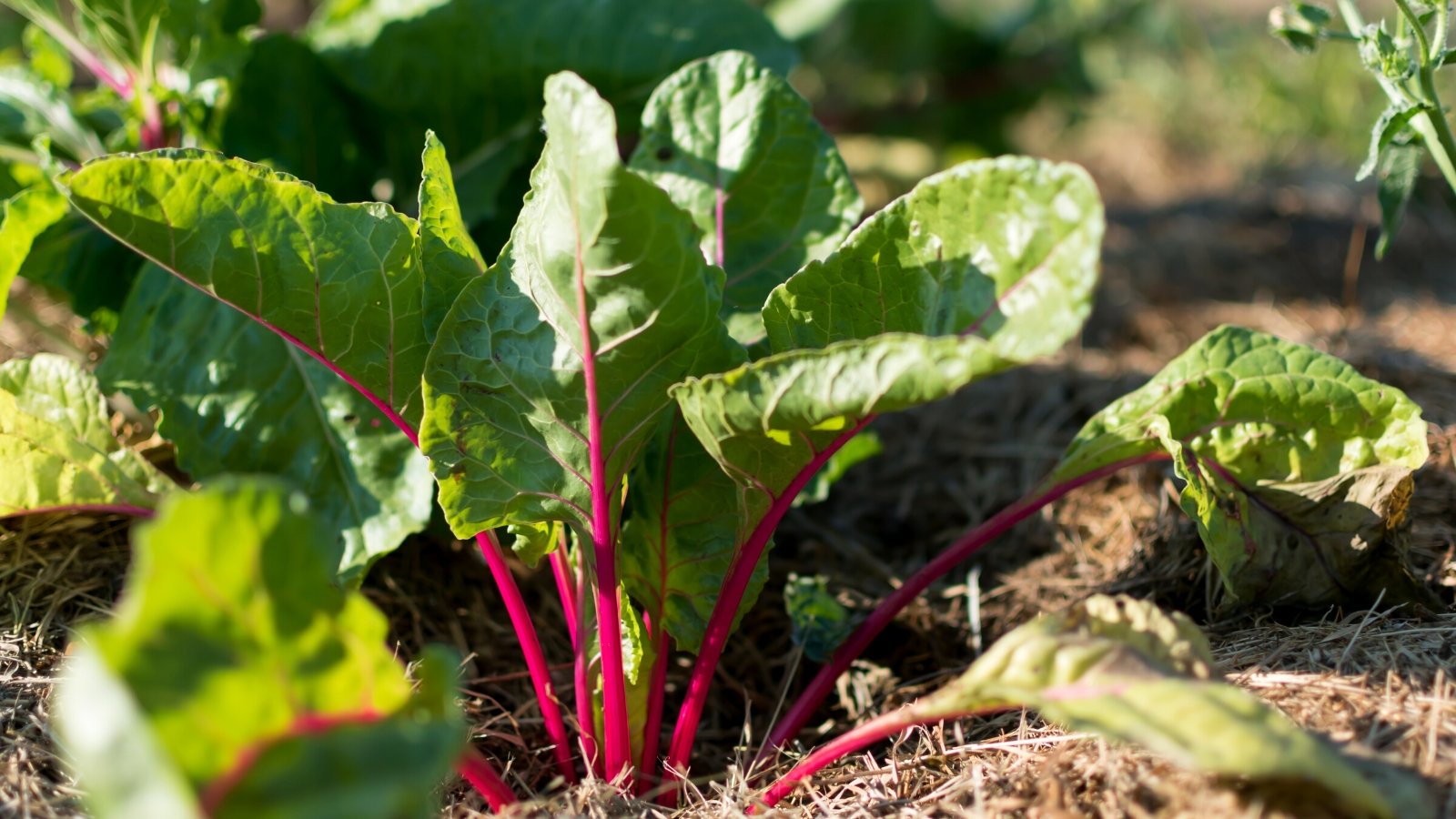
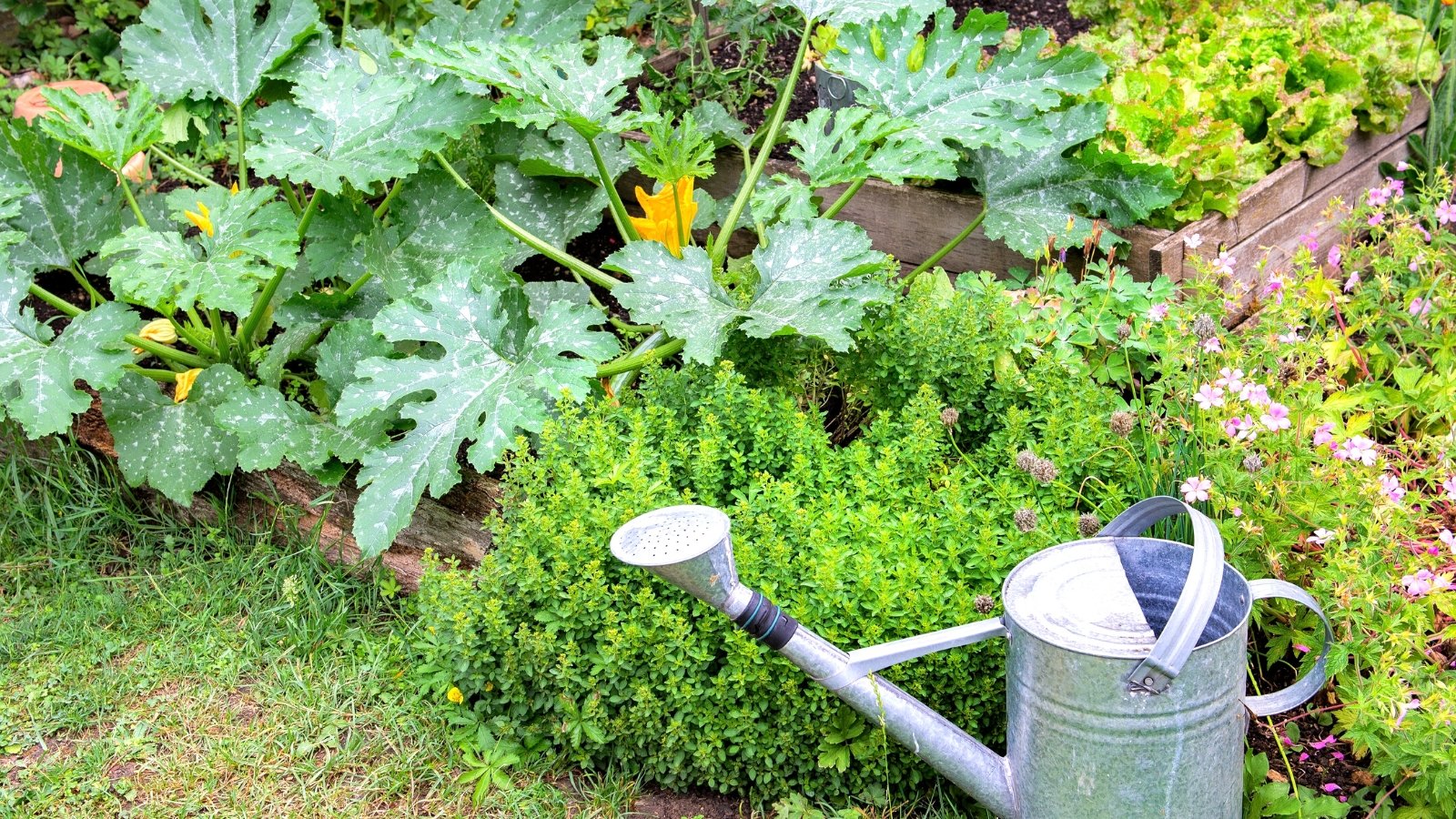
The article offers a comprehensive guide on companion planting with cauliflower. It’s fascinating how certain plants can enhance each other’s growth and deter pests. I’m looking forward to trying out these suggestions in my garden.
This article highlights a practical approach to gardening. The benefits of companion planting are well explained, and I find it useful that you included specific plant pairings for cauliflower. A great read for any gardener!
I appreciate the insights on how to effectively utilize garden space with companion planting. It’s interesting to learn about the different plants that can coexist with cauliflower, especially those that deter pests.
I found the tips on watering needs and pest management very helpful. The various companions listed for cauliflower seem to provide both shade and protection, which is critical for healthy growth in challenging conditions.
The information about using companion planting to improve biodiversity is particularly enlightening. I never knew that certain plants could help extend the growing season for others, like cauliflower. This will definitely influence my gardening strategy.